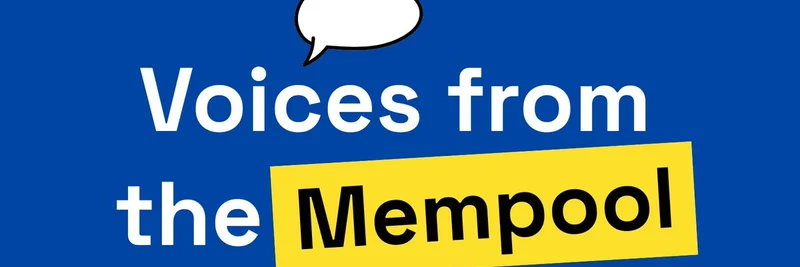Hey there, crypto enthusiasts! If you're keeping an eye on the evolving world of stablecoins—those digital assets pegged to traditional currencies to keep things steady—you might have caught a recent tweet from Jeremy Allaire, the co-founder and CEO of Circle. Circle is the company behind popular stablecoins like USDC and now EURC, which is backed by the euro.
In his tweet, Allaire gives a nod to the European Central Bank (ECB) for recognizing the potential of Euro stablecoins. He says, "I agree with the @ecb - Euro Stablecoins have an incredibly important future too." And to back that up, he points to some exciting developments in the payments space.
What caught his attention? A partnership that's making waves: Wirex, a Web3 money app, has teamed up with Visa to enable near real-time settlements using EURC. This means faster, more efficient cross-border payments, turning crypto into something you can use for everyday stuff without the usual headaches.
Let's break it down a bit. Stablecoins like EURC are designed to hold a stable value, unlike volatile cryptocurrencies such as Bitcoin. EURC is specifically tied to the euro, making it ideal for European markets. Wirex, after a successful testing phase, is now live with this feature, allowing users to convert crypto to fiat (that's traditional money like euros) more seamlessly.
Svyatoslav Garal, Wirex's Global Head of Payments, chimed in: “Partnering with Visa to enable EURC settlements is a major step forward in our mission to make digital currencies practical for everyday payments.” On the Visa side, Rubail Birwadker, their global head of growth products and strategic partnerships, added that this move is about "modernizing money movement and offering our partners the flexibility to innovate using stablecoins."
This isn't just talk—it's part of a bigger push. Visa and Wirex announced a partnership back in July 2024 to boost digital currency use in Europe and the UK. Now, with EURC in the mix, they're eyeing use cases like remittances (sending money abroad), business-to-business payments, and even scenarios where local currencies are unstable.
Why does this matter for the broader crypto ecosystem? Well, as Allaire highlights, endorsements from big players like the ECB signal growing acceptance. The ECB has been vocal about the role stablecoins could play in a digital euro future, potentially stabilizing the economy and fostering innovation.
For meme token fans here at Meme Insider, think of it this way: While we're all about the fun and viral side of crypto with tokens like DOGE or SHIB, stablecoins like EURC provide the backbone. They make it easier to enter and exit positions without wild price swings, and integrations like this could pave the way for meme tokens to integrate into mainstream payments someday.
If you're diving into blockchain tech, keep an eye on these developments. They show how stablecoins are bridging the gap between traditional finance and the decentralized world. For more insights on how this ties into meme tokens and the latest crypto trends, stick around Meme Insider—we've got your back with the knowledge base to level up your game.
What do you think? Is the rise of Euro stablecoins a game-changer? Drop your thoughts in the comments below!

